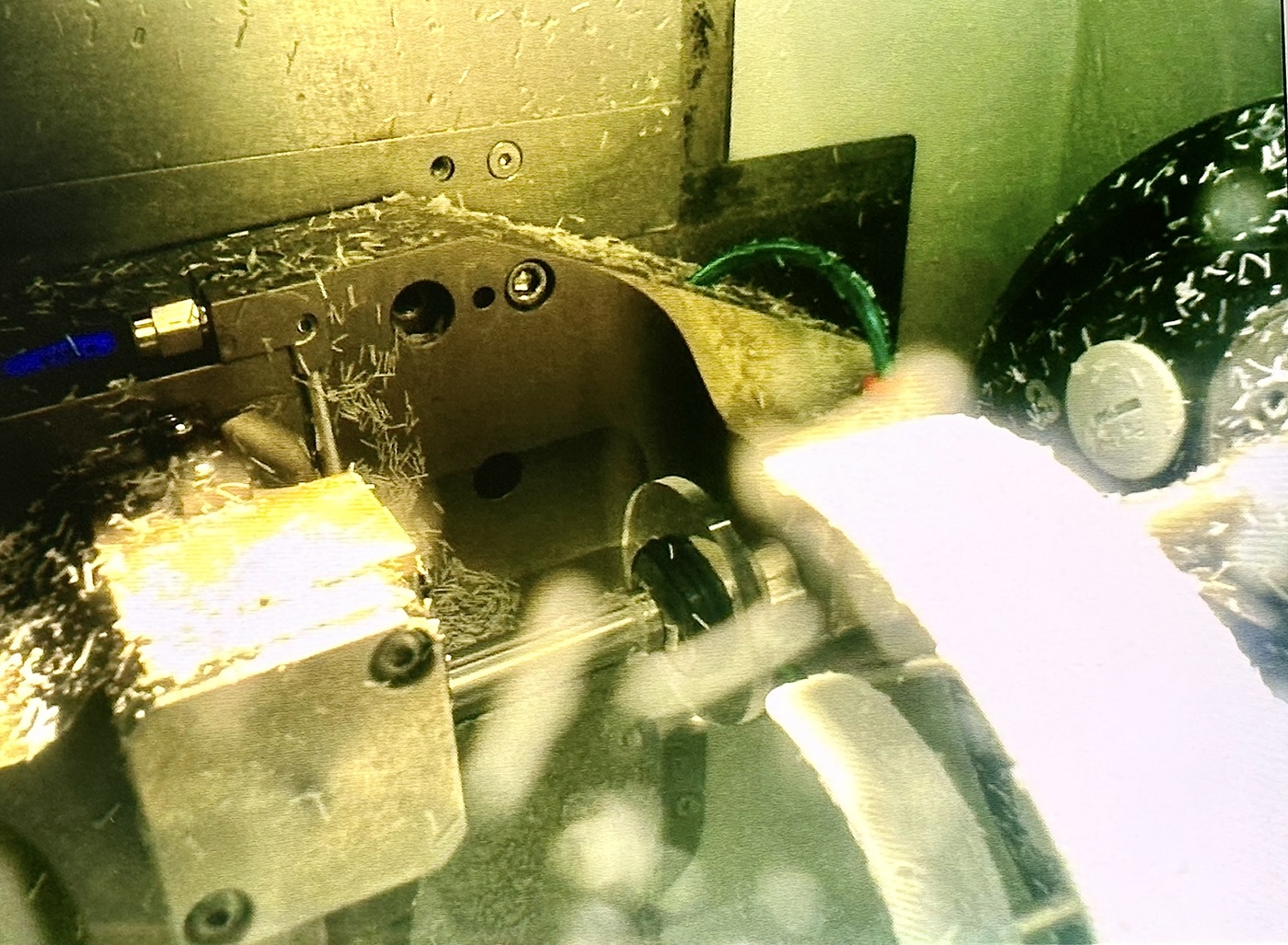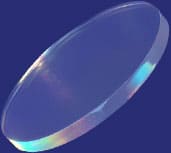依據歐盟施行的個人資料保護法,我們致力於保護您的個人資料並提供您對個人資料的掌握。
按一下「全部接受」,代表您允許我們置放 Cookie 來提升您在本網站上的使用體驗、協助我們分析網站效能和使用狀況,以及讓我們投放相關聯的行銷內容。您可以在下方管理 Cookie 設定。 按一下「確認」即代表您同意採用目前的設定。
Technical Tips
2023-05-11
Technical Tips
Lens Edging
The following tips are recommended for successful edging polycarbonate lenses
Edging
- Polycarbonate can be edged using present CR-39 procedure with slight modifications using a dual propose CR-39 / Poly Wheel.
- Use the dry edging for polycarbonate lenses. Coolant should be turned off until the last one or two cycles. This will makes the lens edge brighter.
- Clean the edge machine regularly. Make sure the diamond wheels are sharp and free of debris.
- Adding a filter at the end of the water pipe from the edge machine to filter the edging chips.
- Take down the bigger chips carefully from the lens edge when they are found during the edging process to smooth the edging work.
Pin Beveling
- A standard ceramic wheel may be used. Dry beveling is preferable as wet tends to load wheel and slow.
- If chips are found at the edge of the lens, use single edged razor blade to remove. Be carefully not to damaging the lens.
Grooving
- Use standard CR-39 grooving machines dry.
- If chips remains in groove, use a pick or single edged razor blade to remove.
Drilling
- General drilling machine can be used. However, use sharp drill is important. A dull drill will melt the material plus add stress to the lens.(Adjust speed of drill to approximately 160-180 RPM).
- Clean the chip in the drilling hole by a tooth pick or tiny stick.
Polishing
- Use standard CR-39 techniques with a buffing wheel and polishing compound. But, use softer and delicate polishing cloth. Green oil polishing compound is recommended.
- Use slow speed on buffing wheel and less pressure than CR-39 to minimize stock removal and heat build-up.
Glazing
- The rule to keep in mind when glazing PC lenses is to eliminate stress to the lens from improper sizing, mounting or excess tightening of screws. Stress will eventually lead to the crazing or cracking of the lens (usually days or weeks after dispensing).
- The crazing or cracking will usually appear and localized fine hairlines radiating inward from the overly stressed area of the edge of the lens or from an overly tightened screw mount.Occasionally, if the lens is evenly over sized, the equal stress will result in the center of the lens cracking.
- Inspect mounted lenses using a polarize scope. Excessively stressed areas will appear as bright colors, usually purple and yellow. Grind the edges of the lenses a little smaller or loosen the screws a little until the pressure is gone.
- If possible, it is recommended to add a washers to the lock screw.







